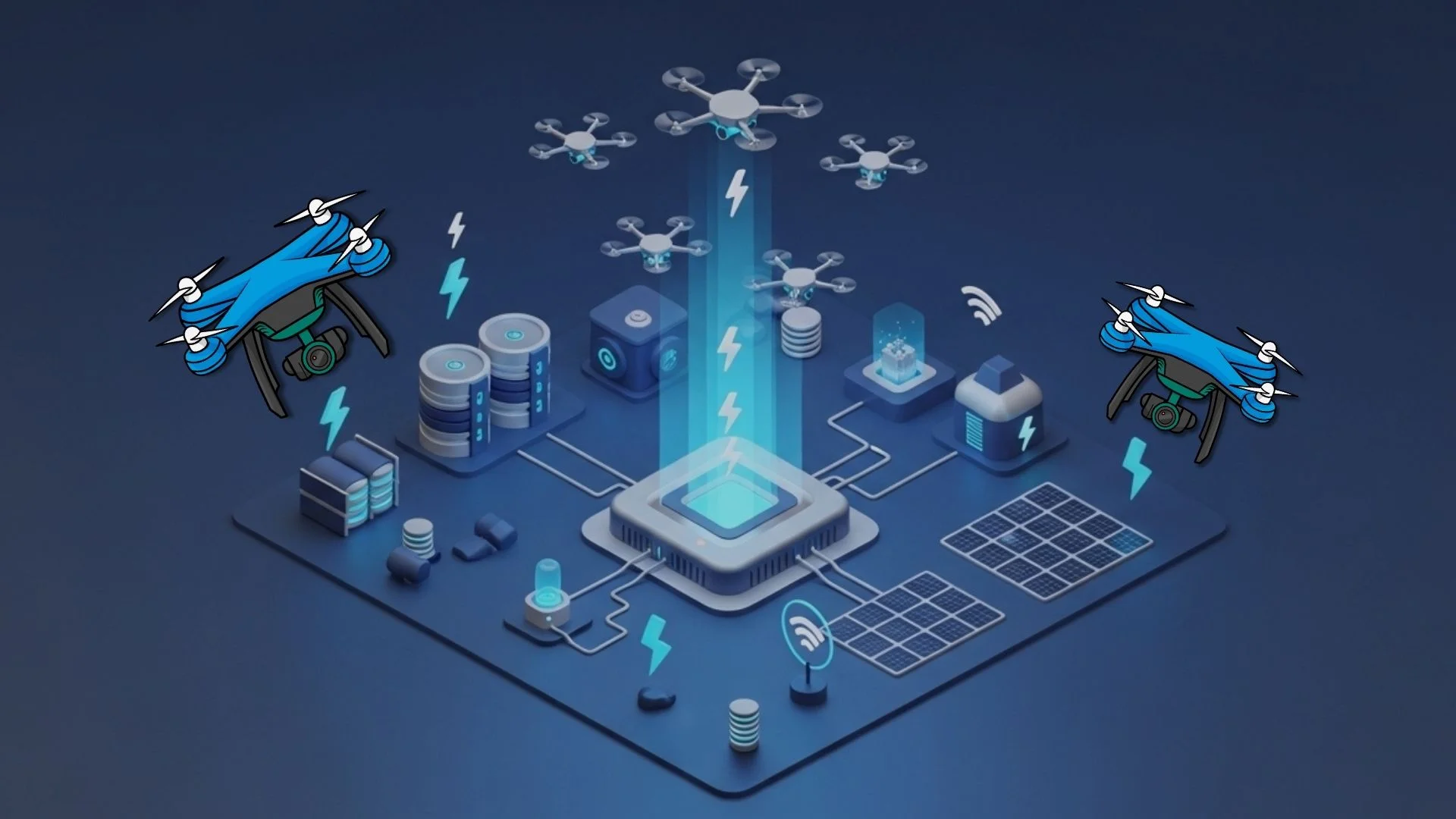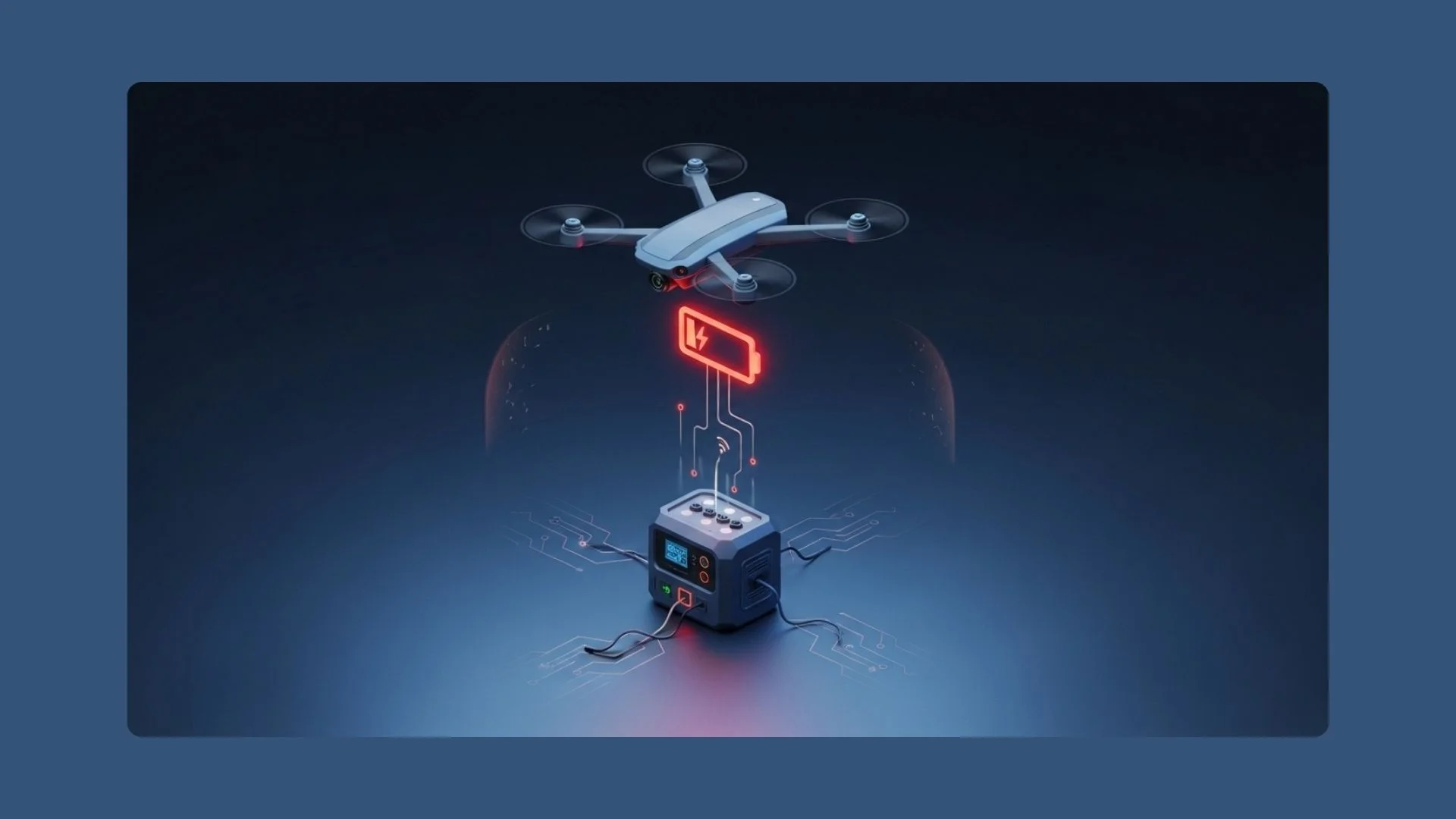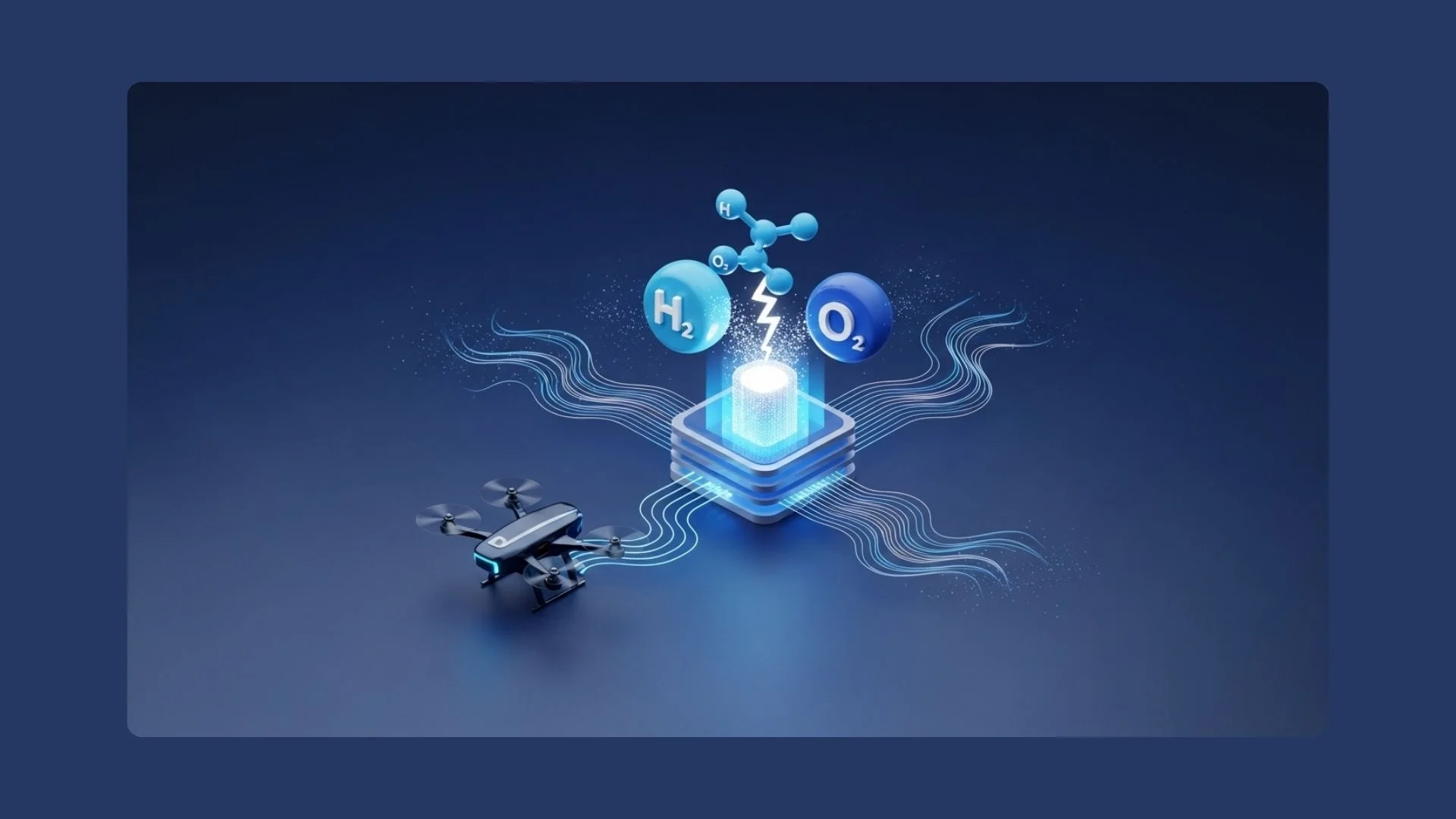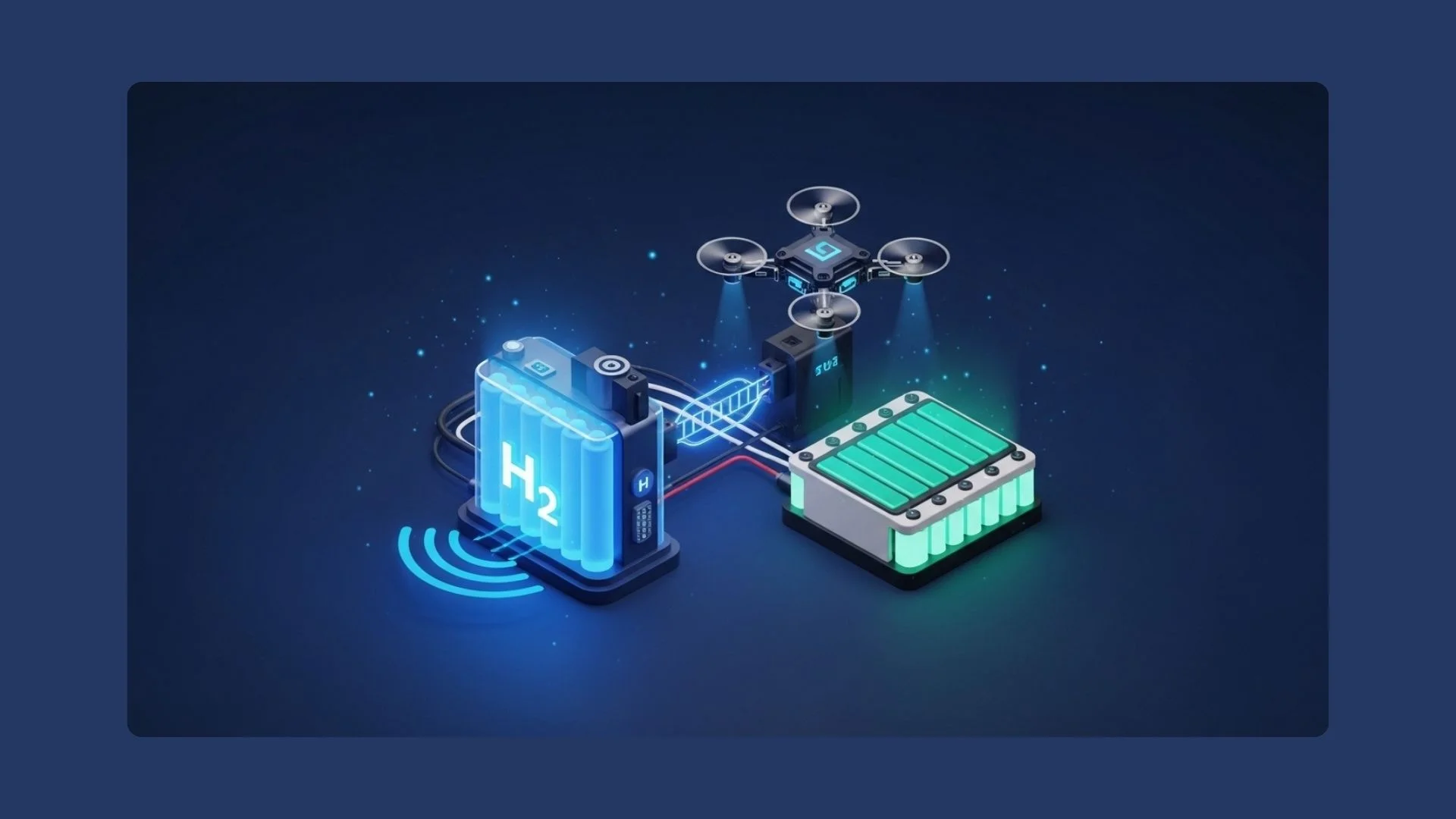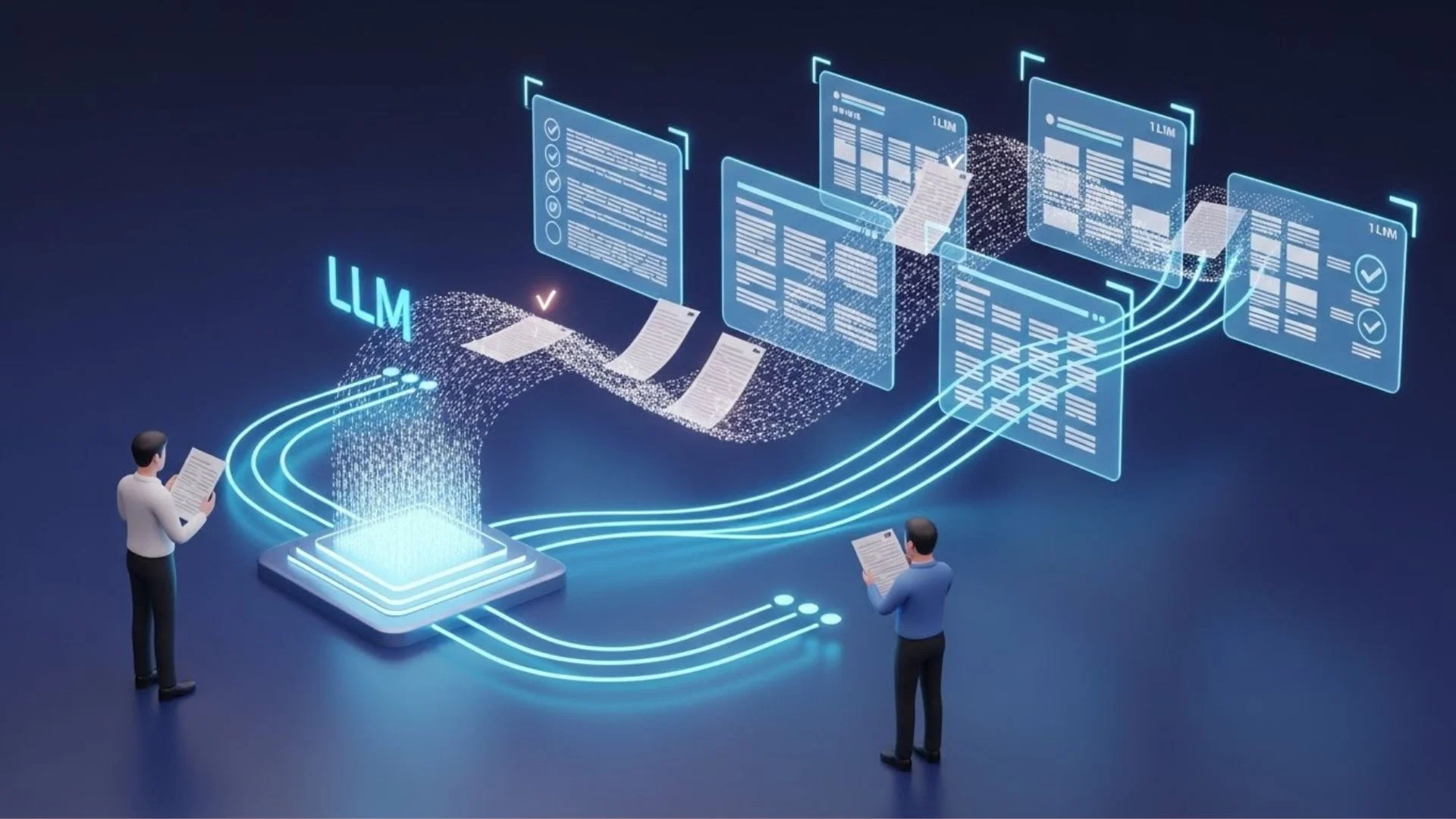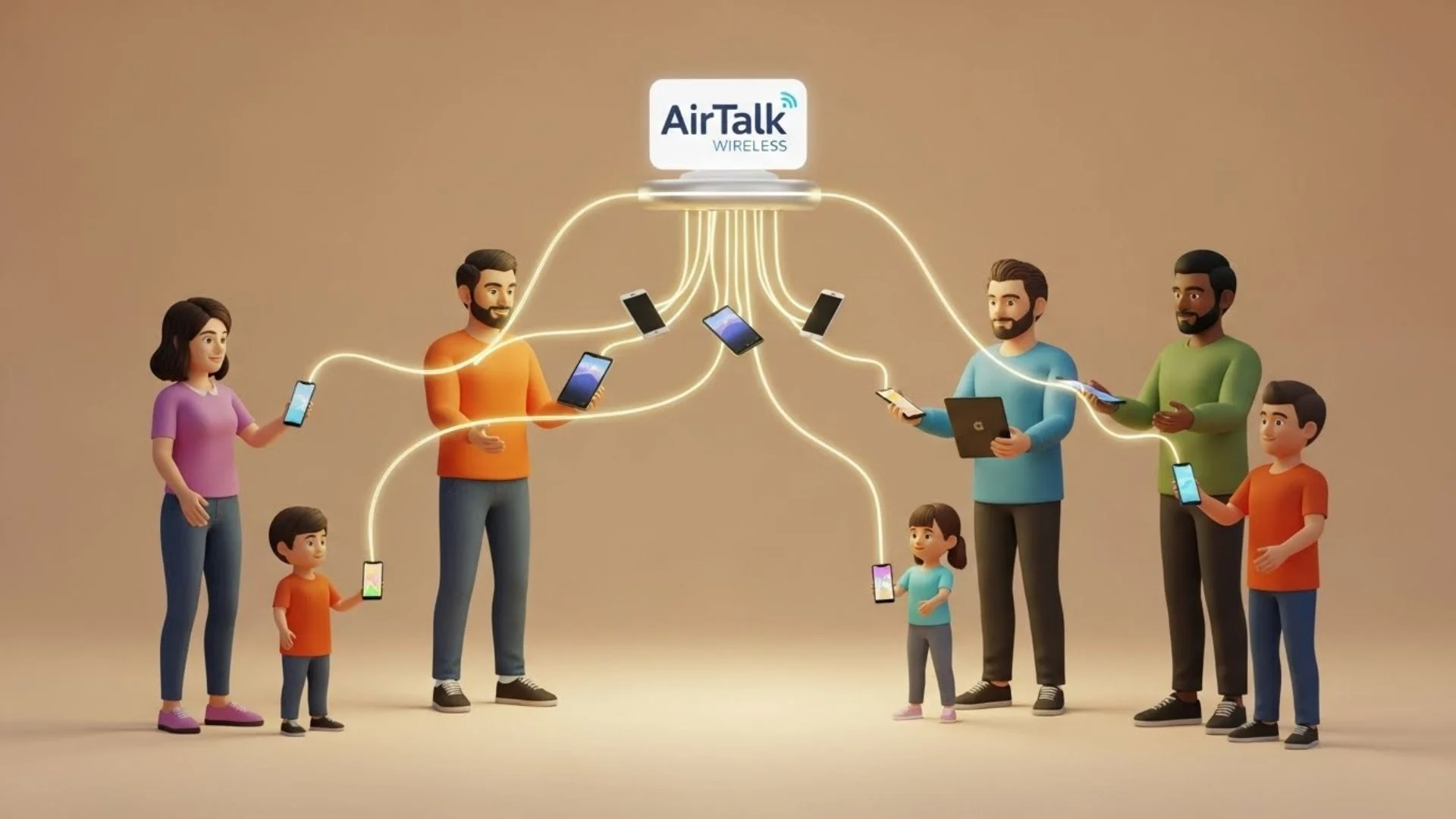Do you want to make your drones fly longer?
This is a big issue in the unmanned systems industry right now. The simple fact is that current battery technology isn’t working anymore for long-range flights. If you are running drones for military, inspection, or delivery missions… You already know how frustrating it is to have such a low flight time.
But what if you can change that?
If you haven’t heard already, some pretty amazing new power solutions are now becoming available. Hydrogen fuel cells. Advanced lithium technology. The components available for Unmanned Systems (UxS) have never been changing so rapidly.
In this guide, we will share:
- Why Power Is The Biggest Challenge For Unmanned Systems
- Breakthrough Battery Technologies Extending Flight Times
- Hydrogen Fuel Cells: The Game-Changer
- Choosing The Right Power Solution For Your Mission
Why Power Is The Biggest Challenge For Unmanned Systems
Power has always been the weak link in unmanned systems.
The drone market is expected to reach $163.60 billion by 2030. That is big growth… But also indicates an increasing need for longer flight times.
Here is why that matters so much:
If your drone only flies for 20-30 minutes, that is all the time you have. Patrol borders? Forget about it. Inspect long stretches of pipelines or power lines? Impossible. Save people’s lives in emergency response operations? You will die of thirst before finding anyone.
But it doesn’t end here…
The reality is that current lithium polymer batteries have reached their theoretical limits. You can’t just put more battery cells in there. The weight increases, the more power the drone uses, and you end up with even lower flight times. The entire concept is defeated.
The unmanned systems industry is in desperate need of power solutions that offer:
- Longer endurance without increasing weight
- Rapid recharge or refuel capabilities
- Reliable performance in extreme conditions
- Scalability for various mission profiles
Working with the right North American cube pilot partner makes a world of difference in selecting and integrating advanced Unmanned Systems (UxS) components that actually address these power challenges instead of just deferring them.
Breakthrough Battery Technologies Extending Flight Times
Battery technology has evolved a lot over the past few years.
And not all batteries are the same. The latest lithium-ion chemistry breakthroughs are redefining the limits of what was possible just a decade ago.
High-Density Lithium Solutions
New lithium-ion batteries are achieving energy densities previously unthinkable. Some manufacturers have recently designed cells specifically for unmanned systems that:
- Retain performance even at extreme temperatures
- Provide constant power output throughout the entire discharge cycle
- Enable rapid charging without sacrificing lifespan
- Meet rigorous safety standards for aviation use
In some recent tests, next-gen batteries enabled drones to fly for 40 minutes at -20°C. Under the same conditions? Standard lithium-ion batteries could only last for 10 seconds.
It is not a marginal improvement… It is a game-changer for operations in harsh environments.
Solid-State Battery Development
Solid-state batteries are the future of unmanned systems power.
The reality is that this technology is still in advanced development stages but shows much more promising higher energy density and safety than conventional lithium-ion solutions. The absence of liquid electrolytes results in a much lower fire risk and better performance stability.
The best part is that…
Solid-state technology may end up delivering double the energy density of today’s power solutions. Double the flight time without adding weight.
Hydrogen Fuel Cells: The Game-Changer
Hold on to your seats because this is where things get interesting…
Hydrogen fuel cells are changing the game for long-range unmanned systems. Instead of storing energy chemically like batteries, fuel cells create electricity by an electrochemical reaction between hydrogen and oxygen.
The benefits are mind-blowing:
Hydrogen-powered drones can fly three times farther than battery-powered counterparts. You go from a few minutes to several hours of flight time. Advanced systems have already achieved 14+ hours of continuous operation.
And it doesn’t stop there…
Fuel cells take minutes to refuel, not hours. Dramatically reduced downtime between flights. For commercial operations where time equals money, this benefit alone justifies the investment.
What’s more, most people don’t realize this:
Fuel cells emit zero emissions at the point of use. As regulations on environmental impact get stricter, hydrogen-powered unmanned systems present a clear compliance path.
Real-World Fuel Cell Applications
The drone power sources market size is expected to reach $5.33 billion by 2028. The adoption of fuel cells will power most of that growth.
Companies are using hydrogen-powered drones for:
- Linear infrastructure inspections (pipelines, transmission lines)
- Agricultural monitoring over large areas
- Beyond visual line of sight (BVLOS) operations
- Emergency response and search and rescue missions
The technology works particularly well for fixed-wing and VTOL platforms requiring more endurance.
Hybrid Power Systems: Best Of Both Worlds
Why limit yourself to either batteries or fuel cells if you can use both?
Hybrid power systems integrate the burst power of batteries with the extended range of fuel cells. This approach optimizes the performance for each flight phase.
Batteries deliver the burst power required for takeoff and high-power maneuvers. Then, the fuel cell kicks in during the cruise phase, extending total mission duration far beyond what either technology could achieve alone.
It is the ideal solution for complex missions needing agility and endurance.
Solar Power Integration
Solar power technology is not just for rooftops.
Advanced unmanned systems are now using lightweight solar panels that recharge onboard batteries during flight. Operational time extends significantly, especially for high-altitude long-endurance missions.
The most experimental platforms have even achieved weeks of continuous flight time by combining extremely efficient aerodynamics and solar power generation.
The technology still has its limits… You need a constant sunlight supply, and the added weight of the panels must be justified by mission requirements. But in some cases? Solar-powered unmanned systems are already making their mark.
Choosing The Right Power Solution For Your Mission
Every power solution is not the best for all missions.
Battery-powered systems are still the ideal solution for shorter missions where rapid deployment is more important than flight time. Fuel cells have a particular advantage for long-range operations. Hybrid systems play in the middle.
Keep the following factors in mind:
Mission duration requirements drive everything else. If you want to go beyond 60 minutes of flight time, forget about traditional batteries.
Environmental conditions are a critical element. Flying in extreme cold? New battery chemistries or fuel cells become an absolute must.
Payload also has a direct impact on power consumption. Heavier payloads need more power, and that will affect your entire system design.
Taking Your Next Steps
The unmanned systems industry is in an inflection point.
Power technology that sounded like science fiction just five years ago is now commercially available. The organizations that adopt these innovations earlier will enjoy an operational advantage by far.
Whether you are running defense missions, commercial inspections, or emergency response operations… The right power solution transforms what is possible.
Don’t let old battery technology hold you back. Explore the most recent Unmanned Systems (UxS) components and find the right power solution for your missions.
The future of long-range unmanned operations is here. And it is finally powered by technology that is keeping its promise for decades now.
The nandbox App Builder is a strong digital tool for businesses in the Innovative Power Solutions for Long-Range Unmanned Systems field, which is changing quickly. Nandbox’s no-code platform lets developers, engineers, and businesses make custom mobile apps that make it easier to keep an eye on systems, collect data, and manage unmanned technology from afar—all without having to write any code. Whether it’s keeping track of power performance in real time, running field operations, or adding IoT-based analytics.
